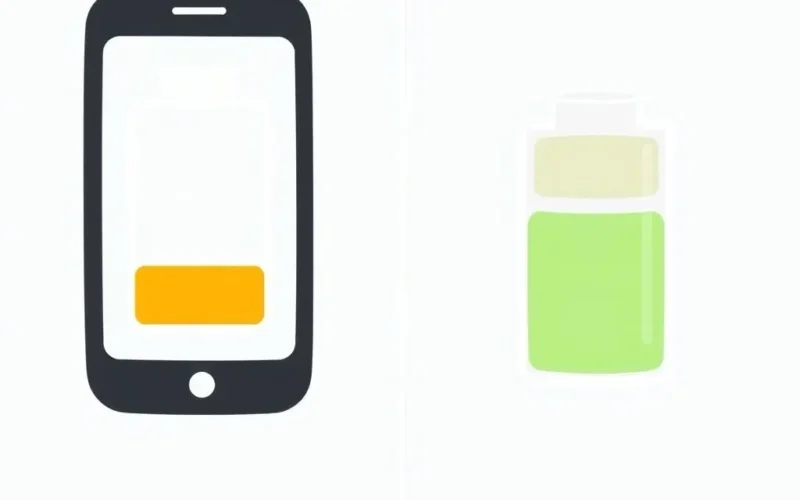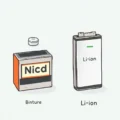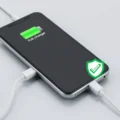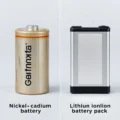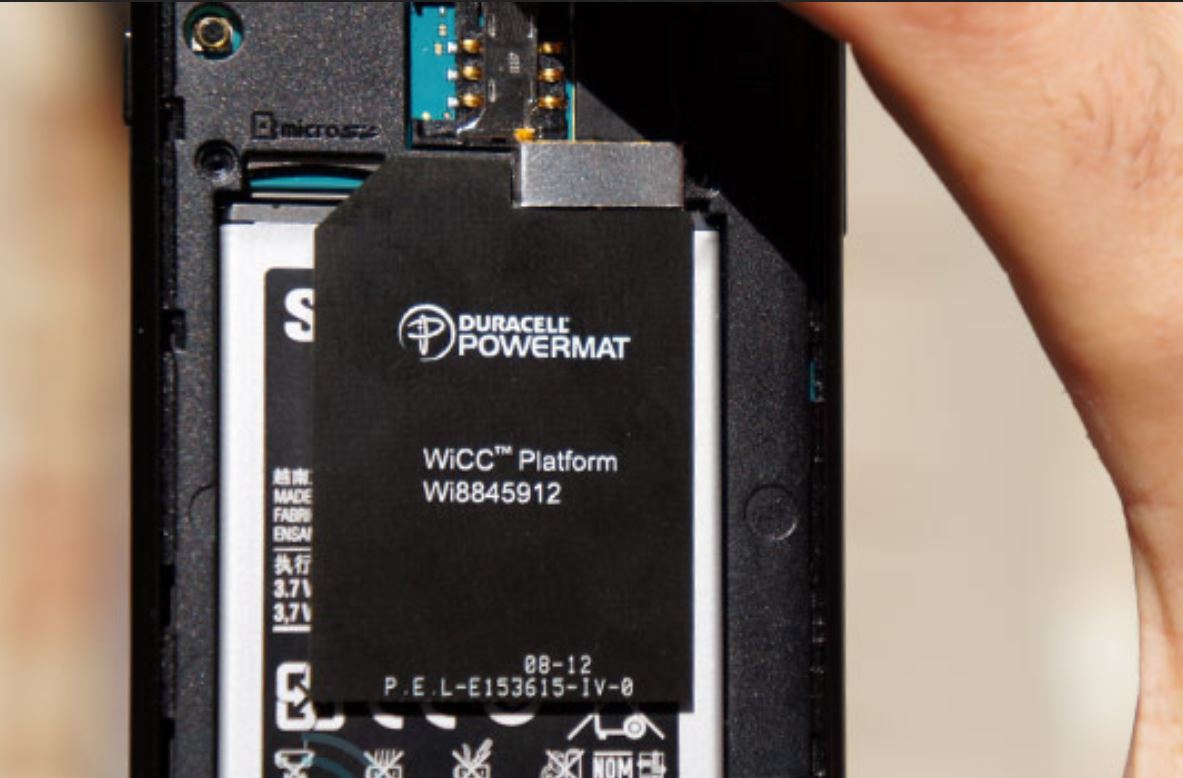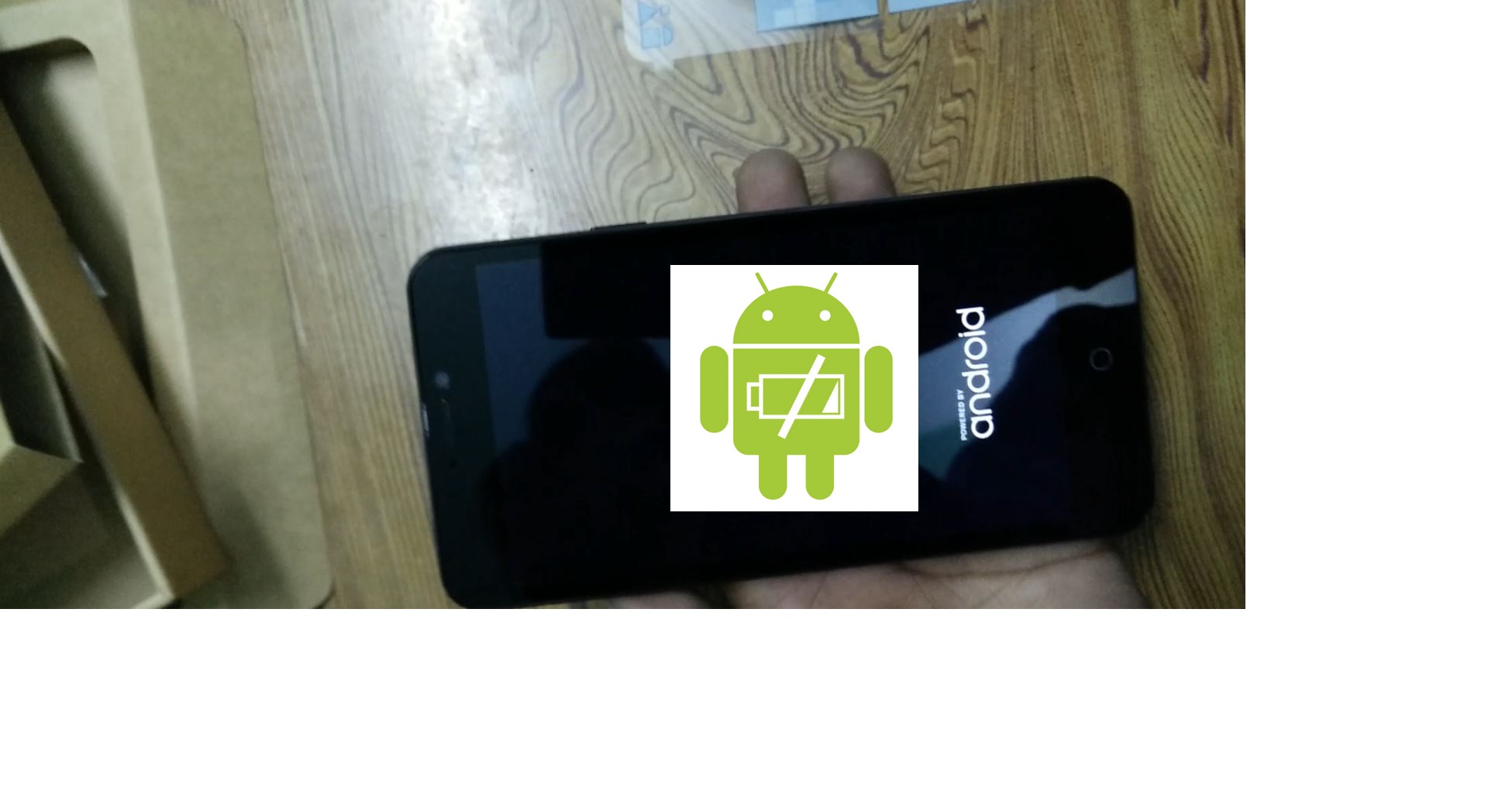Alright, settle in, fellow phone wielders. Let’s talk about that little power source keeping your digital life humming. You know the scenario: your phone dips into the red zone, the dreaded low battery warning pops up, and a little voice in your head whispers, "Better drain it all the way to zero before plugging it in! It’s better for the battery, right?"
Pause right there. That piece of advice? It’s about as useful today as a flip phone in a smartphone world. Seriously, with the lithium-ion batteries powering virtually every phone you’ve touched in the last decade, intentionally letting it die completely isn’t some secret battery booster. In fact, it’s quite the opposite!
Table of Contents
The Old Wisdom vs. Modern Reality: Why Draining to 0% is a Myth
That ‘drain it completely’ idea? It comes from a bygone era of nickel-cadmium (NiCd) and nickel-metal hydride (NiMH) batteries. Those older technologies suffered from something called the ‘memory effect’. If you repeatedly charged them when they were only partially discharged, they would supposedly ‘remember’ the shorter cycle and lose some capacity. To combat this, occasional full discharge-recharge cycles were recommended.
But here’s the crucial part: Lithium-ion (Li-ion) batteries, the kind in your iPhone, Android, and most modern gadgets, do NOT suffer from the memory effect. Not in any practical sense that affects normal use.
Instead of helping, repeatedly pushing a Li-ion battery down to 0% and then charging it all the way up to 100% puts unnecessary stress on its chemical components. Think of it like making your battery run a marathon every single time you charge it from empty. Over time, these deep discharge cycles degrade the battery faster.
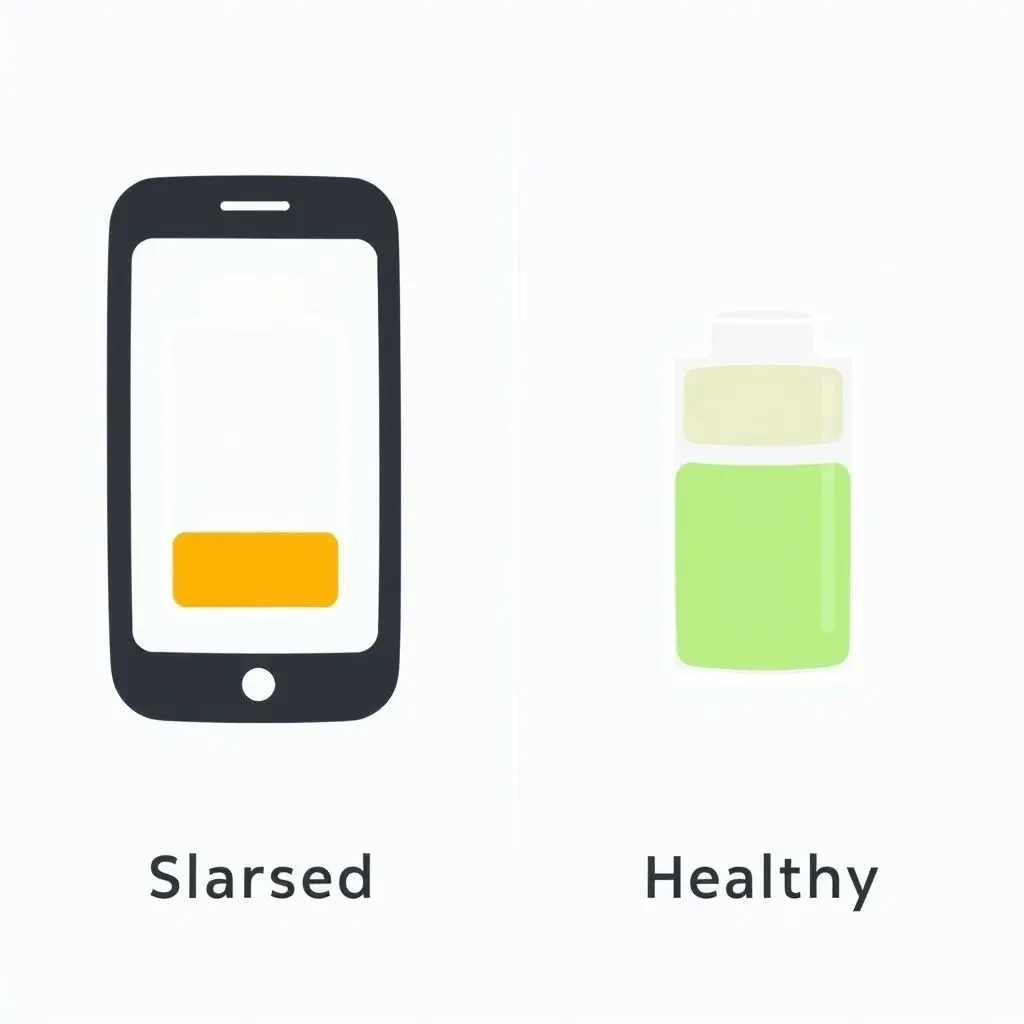
What Happens When Your Battery Hits 0%? The Stress Factor
When a Li-ion battery reaches 0%, it’s not truly empty. There’s still some residual charge, but it’s at a critically low level. If left in this deeply discharged state for too long, it can become unstable or even irreversibly damaged. Charging it from 0% requires the battery to work harder, generating more heat and causing more stress on the internal chemistry. This stress contributes to the gradual breakdown of the battery’s ability to hold a charge over its lifespan.
The Happy Place for Your Li-ion Battery: The 20% to 80% Zone
So, if draining is bad, what’s the secret to a long and healthy battery life? Tech experts and battery manufacturers generally agree: keep your battery charge level between roughly 20% and 80%.
Why this range?
- Reduced Stress: Charging from, say, 30% to 70% puts much less strain on the battery than charging from 0% to 100%. These shallower charge cycles are kinder to the battery’s chemistry.
- Fewer Full Cycles: Battery life is often measured in charge cycles (one full discharge to 0% and recharge to 100%, or the equivalent in partial charges). Staying within the 20-80% range means you complete fewer ‘full’ cycles over time, extending the total number of cycles the battery can handle before significant degradation.
- Lower Voltage Stress: The highest stress on a Li-ion battery occurs at very low (near 0%) and very high (near 100%) charge levels where internal voltage is at its extremes. Staying away from these edges reduces this stress.
Think of it like maintaining a healthy weight instead of constantly fluctuating between dangerously underweight and overweight. Your battery appreciates stability within a moderate range.
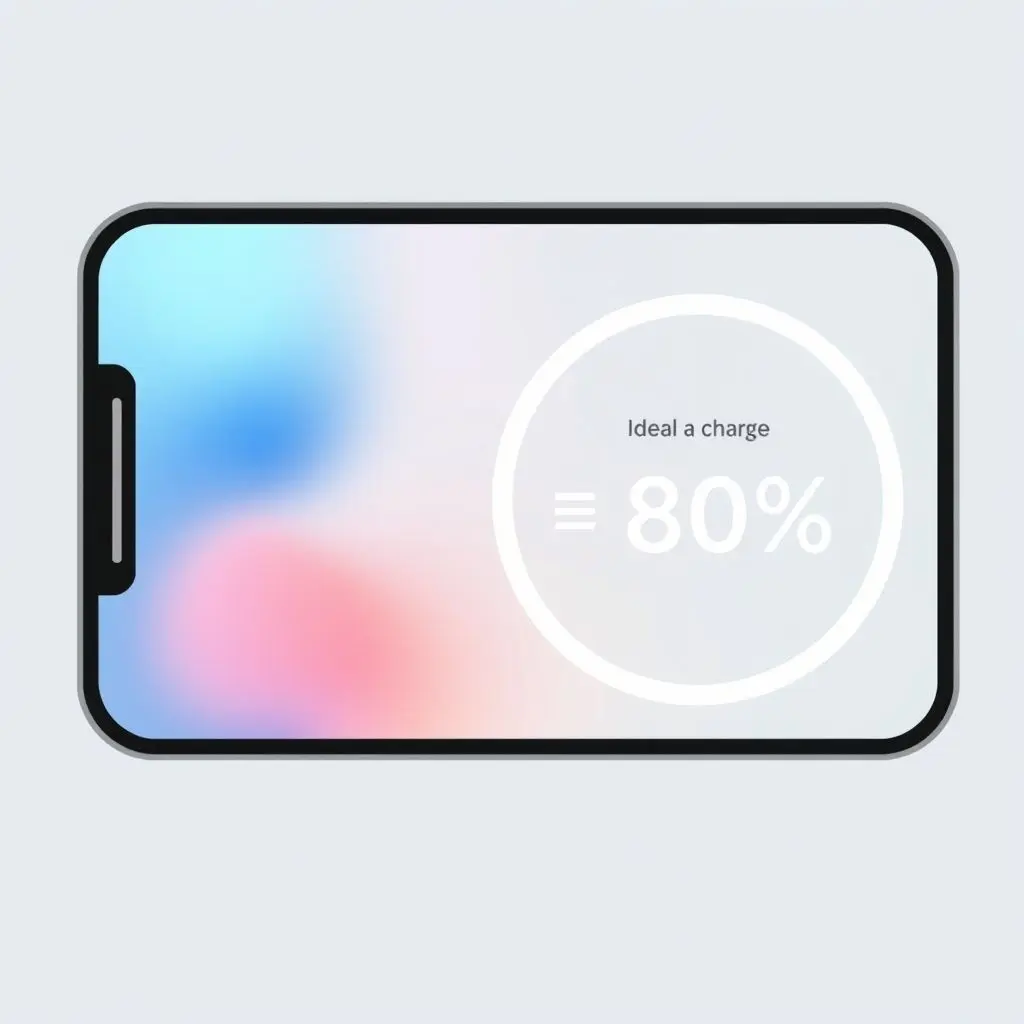
Debunking Another Charging Myth: Is Overnight Charging Bad?
While we’re at it, let’s tackle another common one. Many people worry that charging their phone overnight will ‘overcharge’ it and damage the battery. This was a concern with older, simpler charging circuits, but modern smartphones are smart! They have sophisticated power management systems.
When your phone hits 100% charge while plugged in, the charging essentially stops. The phone will then only draw enough power to maintain that 100% level, or might let it dip slightly before topping it off again. This trickle charging is very low stress and doesn’t harm the battery. So, go ahead and charge your phone overnight if that’s convenient for you. The phone’s internal tech has you covered.
Quick Takes on Battery Care
Looking for more ways to keep your phone’s power source happy?
- Avoid Extreme Temperatures: Heat is a battery’s worst enemy. Don’t leave your phone in a hot car or direct sunlight. Extreme cold can also impact performance, though heat is generally more damaging long-term.
- Use Quality Chargers: Stick to the charger that came with your phone, or a reputable brand that meets safety standards. Cheap, uncertified chargers might not regulate power correctly, potentially stressing the battery.
- Keep Software Updated: Operating system updates often include optimizations for battery management.
- Check Battery Health Features: Many phones (like iPhones with ‘Optimized Battery Charging’ or Android equivalents) have built-in features that learn your charging habits and might pause charging at 80% until you’re closer to needing it, further reducing stress.
Sometimes, hearing it straight from the source (or a quick visual explainer) helps. If you prefer your tech tips in a more digestible, visual format, give this a look:
Frequently Asked Questions About Phone Batteries
Q: If keeping it between 20-80% is best, should I freak out if it hits 15% or goes to 90%?
A: Absolutely not! The 20-80% rule is a guideline for *optimal* long-term health. Occasionally dipping below 20% or going above 80% (even to 100%) is perfectly fine and won’t suddenly ruin your battery. Just try to avoid *regularly* draining it completely or keeping it constantly plugged in at 100% if you can help it. Life happens!
Q: Does fast charging damage the battery?
A: Fast charging generates more heat, which can increase stress slightly. However, modern phones and fast chargers have thermal management systems to minimize risk. Using fast charging occasionally or when needed is fine. If you’re not in a hurry, standard charging might be marginally gentler, but the difference for most users isn’t significant enough to avoid the convenience of fast charging.
Q: How many years should a phone battery last?
A: Most smartphone batteries are designed to retain about 80% of their original capacity after 300-500 charge cycles. For average users, this often translates to about 2-3 years of typical use before noticing significant degradation (like the phone not lasting a full day). Proper care can help you get closer to the higher end of that range.
Q: Is it bad to use my phone while it’s charging?
A: No, it’s generally not harmful with modern phones and chargers. The phone will intelligently manage power, drawing directly from the charger for tasks while also charging the battery. It might generate a bit more heat, especially if you’re doing something intensive like gaming, but it won’t inherently ‘damage’ the battery just by being used while plugged in.
Giving Your Battery Some Grace
So there you have it. Ditching the old ‘drain to zero’ habit and aiming for that sweet 20-80% spot is one of the easiest ways to give your phone’s battery a longer, happier life. It’s less stress, better long-term performance, and means your phone stays powered up for *way* longer throughout its lifespan. Your tech wizards agree, your phone agrees, and hopefully, now you do too!

If your phone just gave you a digital high-five for learning this, maybe return the favor? Share this info with a friend who still believes the myth!
